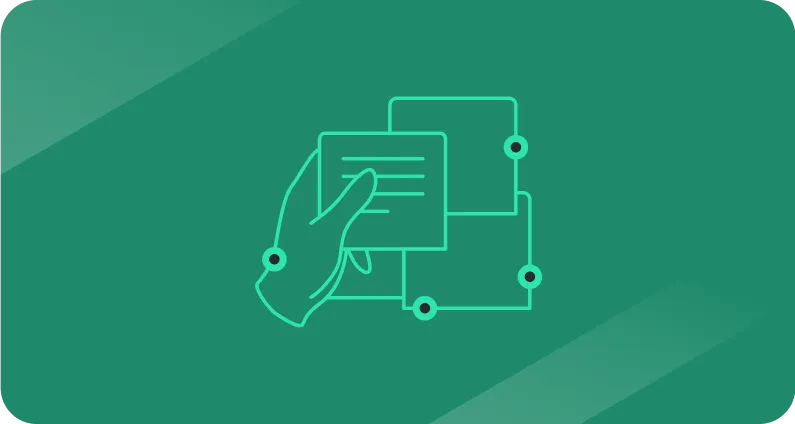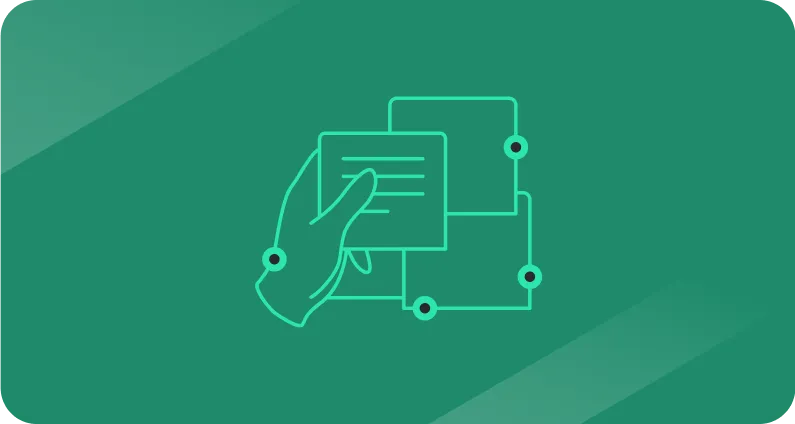Tips and tricks for a successful HubSpot and Shopify integration
Expert tips on automation, abandoned cart recovery, lifecycle stages, re-engagement & ads.

Shopify and HubSpot remain one of the most powerful pairings for e-commerce teams.
When integrated, HubSpot centralizes Shopify data into the CRM, giving you visibility into customers, products, and orders. On top of allowing you to automate campaigns from a single platform.
Below, we’ll walk through the core features of the HubSpot + Shopify integration, setup instructions, known limitations, and best practices for getting the most out of both platforms.
Does Shopify integrate with HubSpot?
Yes. HubSpot integrates natively with Shopify, and once connected, data flows both ways between the platforms.
Synced data includes:
- Customers ↔ Contacts
- Products ↔ Products
- Orders ↔ Deals
This sync allows e-commerce teams to track performance directly inside HubSpot using pre-built e-commerce reports like:
- Abandoned cart recovery summary
- Order snapshot and sales processed vs. goals
- Lifetime order value by source
- Monthly new customers
- Average order value by source
HubSpot & Shopify integration features
Once your Shopify store is connected, HubSpot Sales and Marketing Hubs unlock a set of automation and analytics features.
Core use cases include:
- Automated abandoned cart email sequences
- Segmenting customers by RFM (recency, frequency, monetary value)
- Retargeting and re-engagement ads
- Centralized reporting on orders, revenue, and customer lifetime value
- Syncing Shopify products into the HubSpot product library for deal tracking
- Building workflows for post-purchase onboarding, repeat purchase campaigns, and churn prevention
- Tracking ROI with HubSpot’s reporting dashboards, tied directly to Shopify transactions
For real-world automation ideas, check out our “9 Ways to Use HubSpot Workflows” with examples you can adapt right away: 9 workflow examples.
How to integrate HubSpot and Shopify
Connect your Shopify store:
- In HubSpot, go to Marketplace > Apps.
- Search for “Shopify” and install the integration.
- Enter your Shopify store URL.
- Log into Shopify to complete the connection.
Notes and limitations:
- HubSpot automatically injects its tracking code into Shopify pages.
- Multiple Shopify stores can be connected.
- Email address mismatches (e.g., customers using a different email for orders) may create duplicate contacts in HubSpot.
- Discount codes do not sync from Shopify into HubSpot.
- Shopify phone numbers may not sync properly.
- Expanding contacts through sync can raise your HubSpot subscription tier, monitor contact growth.
2. Enable two-way sync:
- In HubSpot, go to Marketplace > Apps > Shopify.
- Enable two-way sync for Contacts, Deals, and Products.
- Select which HubSpot updates push back into Shopify.
Fields synced include:
Contacts: name, email, phone, address, tags, marketing opt-in, customer ID.
Orders: ID, order number, subtotal, discounts, total, tax, fulfillment status, abandoned checkout URL.
Products: title, handle, vendor, type, tags, published status, price, images.
Tips for leveraging your HubSpot–Shopify integration
One of the fastest wins after connecting Shopify with HubSpot is onboarding automation.
Don’t just send a generic “thanks for your order.” Use HubSpot workflows to trigger a short welcome series that introduces your brand, highlights your best-sellers, and educates new customers about how to get the most value from their purchase.
For repeat buyers, you can branch the workflow to deliver loyalty or referral program invitations instead of a generic welcome.
Next, make sure your Shopify contacts are mapped to the right lifecycle stages in HubSpot.
This might sound basic, but it keeps reporting accurate and ensures your automations fire correctly.
For example, first-time customers should move to “customer” after checkout, while abandoned cart shoppers might remain in “lead” until they buy.
Aligning lifecycle stages early prevents messy downstream data.
Abandoned cart recovery is one of the most valuable use cases of this integration. Always capture email addresses at checkout, even before payment is completed. Then use HubSpot’s abandoned cart email templates to send personalized nudges within 1–3 hours of the abandoned session.
Expert tip: don’t stop at one reminder. Test a sequence of two to three emails, with the last one including a small incentive (like free shipping) if margin allows.
Over time, your customer file will naturally contain inactive buyers.
Segment anyone who hasn’t purchased in three to six months and enroll them in a re-engagement campaign.
In HubSpot, you can build smart lists that automatically update when purchase recency changes, so these campaigns run on autopilot. Adding conditional logic ensures you don’t undercut your most profitable segments.
Finally, take advantage of HubSpot audiences for ad targeting.
By combining Shopify purchase data with HubSpot engagement data, you can push highly specific audiences into platforms like Meta or Google Ads.
Think: repeat customers who haven’t bought in 90 days, one-time buyers of a specific product line, or VIP customers who always purchase bundles.
These lists let you run far more cost-effective campaigns than broad targeting and help close the loop between ad spend and actual revenue.
In a nutshell
A HubSpot + Shopify integration gives e-commerce teams a single view of customers, sales, and campaigns while automating key processes like onboarding, abandoned cart recovery, and customer segmentation.
For clean execution, make sure you account for known sync limitations (discount codes, duplicate contacts, phone numbers) and align workflows with your broader marketing and sales goals.
If you need help implementing, auditing, or scaling a HubSpot–Shopify integration, RevBlack’s team of HubSpot × Salesforce experts also works across e-commerce stacks.
Book a call with Tate if you’re interested in a light scoping session.









